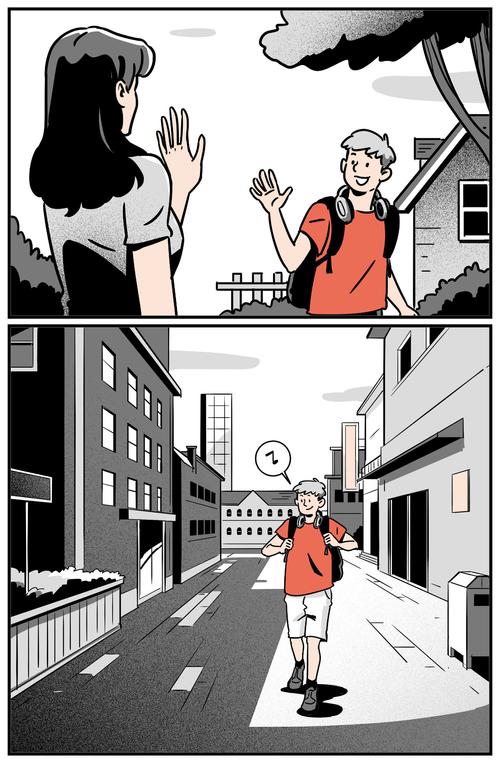Parents should let their offspring off the leash a little more
The daily walk to school is a good place to start.
Walking is how we make our way through life. Our instinct for movement and exploration kicks in from birth and can be seen throughout childhood. Just watch a toddler taking their first steps, trying to master the art of putting one foot in front of the other. Yet modern life stifles children’s adventurous impulses at every turn, with studies showing a collapse in their right to roam. It’s not hard to connect this with concerns about children’s health and wellbeing. And, as yesterday’s screen-reared children become today’s anxious parents, there’s a real prospect of a spiral of decline.
So what could break that cycle? My answer is that most quotidian of childhood experiences: the walk to school. I am talking here about walking alone – or rather, without parents or other adults. When adults are in the frame, their presence undermines children’s independence; it is a rare parent who can resist the impulse to step in at the first sign of any problem, denying children the chance to figure things out for themselves. Let’s start with the obvious. Walking burns calories and keeps muscles and joints in good working order, counteracting the damaging consequences of too much sitting and helping to embed travel habits that can last a lifetime. With as much as 12 per cent of healthcare funding in many countries being spent on treating the harmful effects of type 2 diabetes – a lifestyle disease largely caused by inactivity and poor diet – even modest reductions in rates will ease pressure on those budgets.

Turning from physical to mental health, the solo trip to school is many children’s first taste of responsibility and independence. Walking gives children their own agency and increases self-confidence. They feel more connected to nature and to the towns and cities in which they live, strengthening the glue that builds supportive and resilient communities. Researchers have studied children’s mental images of their local area by asking them to make sketch maps from memory. Strikingly, the drawings made by those who are driven to school are little more than a list of objects (dog, tree, house, park, road). By contrast, the walkers drew detailed maps of their neighbourhoods, fleshing out the locations and relationships of significant places and people.
But it’s not all about children. Parents who are unburdened by the daily school run get the rare gift of time. This can easily add up to several extra hours every week: even more for parents who, building on their children’s independent mobility, cut back on the parental taxi service that dominates so many family schedules. In much of the developed world walking to school is, statistically, relatively safe for children in their middle years and older. Six- and seven-year-olds regularly walk to school unaccompanied in some countries, including the Netherlands, Switzerland and the Nordic nations (which often feature at the top of global league tables of children’s wellbeing). So why are parents nervous? Every parent wants their child to grow up to be confident, responsible and independent. Most understand that this means gradually letting go. But this can get drowned out in a fast-moving, instant-fix, information-overload culture whose content is fuelled by fear. That said, traffic danger in some areas needs tackling before parents can be expected to let their kids out the door.
Anyone interested in children’s lives will have found it hard to avoid the US social psychologist Jonathan Haidt and his bestselling book The Anxious Generation: How the Great Rewiring of Childhood Is Causing an Epidemic of Mental Illness. While Haidt’s grim account of the symptoms of a social media-saturated youth has grabbed the headlines, his prescription for childhood independence deserves just as much attention. The good news is that walking to school is on the up. Cities around the world, rightly framing it as a systemic problem, are taking action. Some schemes are little short of revolutionary. In Paris, Barcelona and Tirana, streets outside schools have been given low-cost makeovers that cut traffic and invert the historical pecking order that has placed car drivers at the top and children at the bottom. The result? Dramatic shifts in children’s travel patterns, reductions in motor traffic (and noise and air pollution levels) – and even a revival of old-fashioned street play.
Walking to school – to shops, friends’ houses or the park – is a healthy habit, a rite of passage, a freedom pass (for children and parents) and a path to stronger communities, quieter cities and a greener planet. Who doesn’t want that?
About the writer:
Tim Gill is a writer, independent scholar and consultant. He is the author of Urban Playground: How Child-Friendly Planning and Design Can Save Cities and No Fear: Growing Up in a Risk Averse Society.


